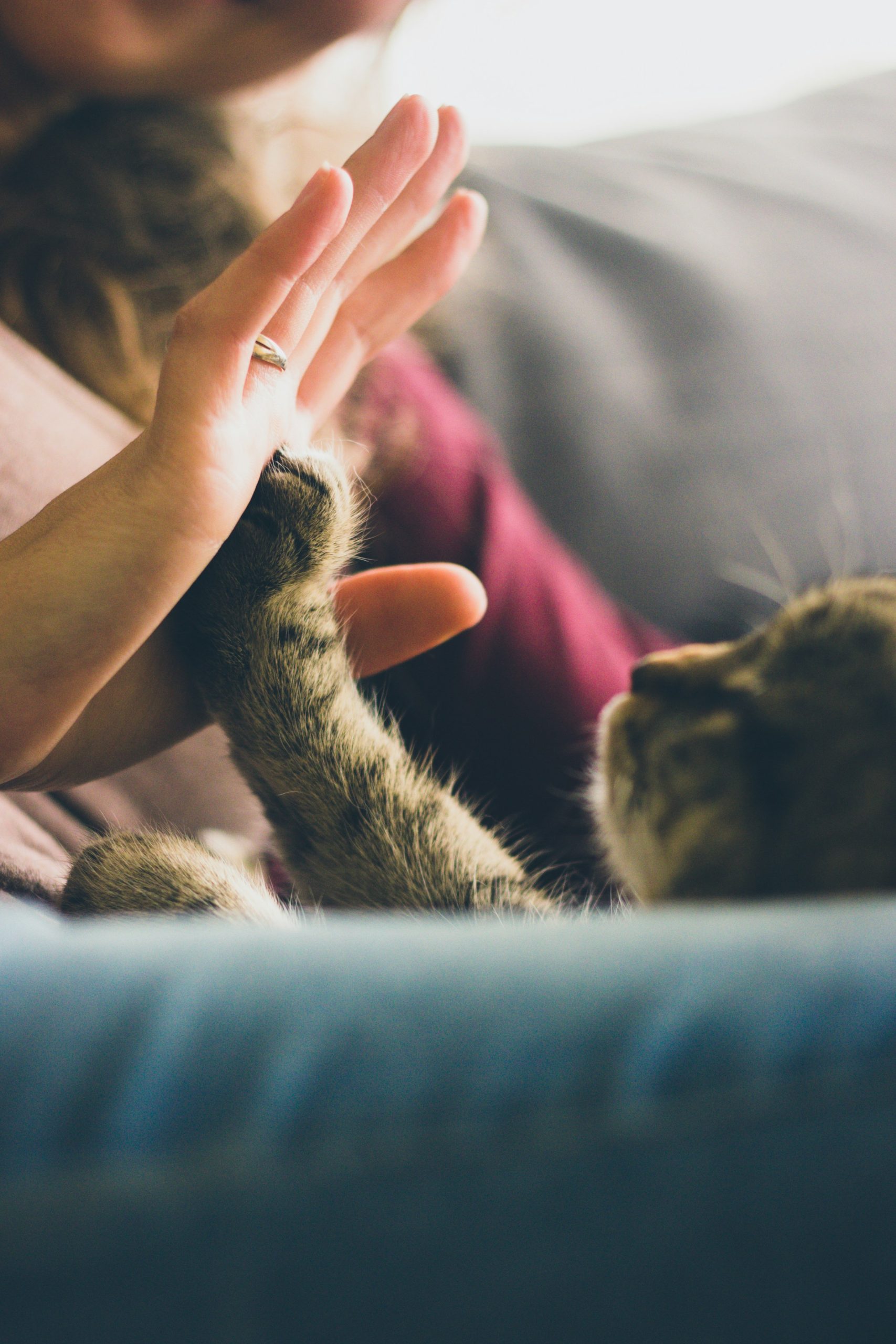Conception, pregnancy, and delivery are all momentous events in a family’s life. However, the arrival of a new baby can instigate quite a bit of change and disruption for household pets. To minimize stress for everybody, it’s essential to start preparing your pet as soon as possible, especially if it’s their first time encountering an infant. This guide will provide you practical advice on how to help your pet adjust to the new addition in your home.
Understanding Pet Behaviors
To ensure a smooth transition, understanding your pet’s behavior is crucial. Pets, like dogs and cats, are sensitive creatures that can sense changes in their environment. They may become anxious or exhibit signs of stress when they notice a shift in their routine or the addition of new things in their space, like baby furniture.
A lire également : What are the essential nutrients for a pregnant Cavalier King Charles Spaniel?
Start observing your pet’s behavior early in your pregnancy. Note any changes and try to understand what might be causing them. This will help you anticipate potential issues and come up with solutions. For instance, if your dog becomes agitated by the baby’s room, start training it to be comfortable around the room or consider hiring a professional to help with the process.
Teaching Good Behavior
Teaching your pet proper behavior before the baby arrives is a proactive approach. Pets must understand that they can’t jump on the baby or enter certain areas like the baby’s room without permission. It’s important to start implementing these rules in advance so your pet has time to adjust.
A lire en complément : Are GPS collars effective in tracking wandering cats in urban areas?
Use treats and positive reinforcement to teach your dog or cat new commands. If your pet is not familiar with basic commands like ‘sit’, ‘stay’, and ‘leave it’, now is a good time to start training. Keep the training sessions short and fun to ensure your pet remains interested.
Creating Pet-Friendly Spaces
Just as the baby will have its own room, your pet should also have a safe and comfortable space in your home. This area should be a sanctuary where your pet can retreat if it feels overwhelmed. It should be free from baby items and should have your pet’s favorite toys, bed, and treats.
Start introducing this space to your pet before the baby arrives. Allow your pet to explore and become familiar with it. Over time, your pet will associate this space with comfort and safety.
Introducing Baby Sounds and Smells
Animals rely heavily on their senses, particularly smell and hearing. Therefore, introducing your pet to baby-related sounds and smells can be beneficial in preparing them for the arrival of your child.
Baby sounds – such as crying or gurgling – can be unusual to a pet and might cause anxiety. Use the internet to find audio clips of baby sounds and play them at a low volume, gradually increasing the volume over time.
Similarly, introducing baby-centric smells like baby powder, lotion, or even the new baby’s blanket will help your pet acclimate to the new scents associated with the baby.
Gradual Introduction to the Newborn
When your baby finally arrives, it’s important not to rush the introduction with your pet. Initially, your pet could be kept at a distance, allowing it to adjust to the baby’s sounds and scent from afar.
Allow your pet to sniff the baby’s blanket or clothing before meeting the baby. When the time comes for the initial introduction, ensure there’s a calm atmosphere. Reward your pet with treats and praise for calm and controlled behavior around the baby.
In conclusion, preparing your pet for a new baby requires time, patience, and understanding. Your pet will likely experience a range of emotions, from curiosity to anxiety. It’s your job as a pet owner to help your pet navigate this change with as little stress as possible. With the right preparation, the introduction of a new baby can be a positive experience for your pet. Remember to always supervise your pet around your newborn and never leave them alone together.
Establishing a Routine
Establishing a routine for your pet is key in helping it adjust to the arrival of your baby. Pets thrive on routines, and any sudden change can cause anxiety and stress. Start your new routine as early as possible to give your pet ample time to adjust before the baby arrives.
In your new routine, consider the baby’s schedule. For example, if you plan to walk your dog when the baby is napping, start doing so during your pregnancy. Similarly, if you plan to feed your cat when the baby is feeding, start doing this in advance as well.
In addition to changing your pet’s schedule to suit the baby’s, you should also practice the new activities that will come with the baby. For instance, practice walking your dog while pushing a stroller, or spend some time each day holding a doll as you would hold your baby. This will allow your pet to get used to these new behaviors.
Also, don’t forget to include some pet-baby bonding time in your schedule. This could be as simple as allowing your pet to sit with you while you feed the baby. The aim is to create a routine that includes both the baby and the pet, fostering a sense of belonging and reducing feelings of jealousy or neglect.
Creating Boundaries
Creating boundaries is instrumental in ensuring the safety of both your pet and your baby. Your pet needs to understand that there are areas in the house, like the baby’s room, where it can’t go without your permission.
You can use baby gates or closed doors to physically block off these areas. Teach your pet to wait at the door until you give it permission to enter. You can use treats or toys to reward your pet when it obeys your commands.
Also, it’s crucial to discourage your pet from jumping on the baby’s furniture. If your cat has a habit of jumping on high surfaces, provide it with cat towers or shelves where it can perch. If your dog has a habit of jumping on the couch, train it to remain on the floor, or provide it with its own designated spot on the couch.
It’s important to reinforce these boundaries consistently. Remember, consistency is key when training pets. It will take time, but with patience and persistence, your pet will learn to respect these boundaries.
Conclusion
Bringing a new baby home is a joyous and exciting time for your family, but it can be a period of uncertainty for your pet. By understanding your pet’s behavior, teaching good behavior, creating pet-friendly spaces, introducing baby sounds and smells, establishing a routine, and creating boundaries, you can help your pet adjust to the new member of your family. It’s all about taking the time to prepare your pet in advance of the baby’s arrival.
Keep in mind that every pet is unique, and what works for one may not work for another. It’s important to be patient, consistent, and flexible in your approach. Always remember that with your guidance, love, and attention, your pet will eventually adapt to the new changes in your home. And when they do, you’ll have a home filled with even more love, laughter, and happiness.











